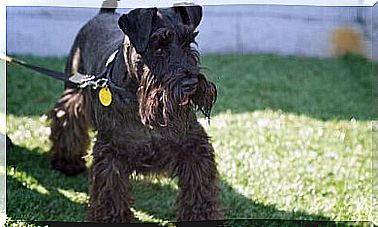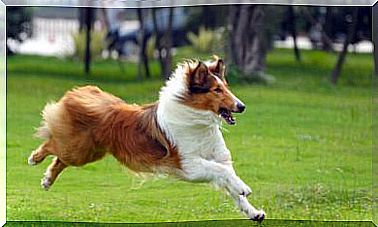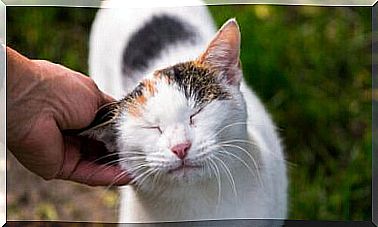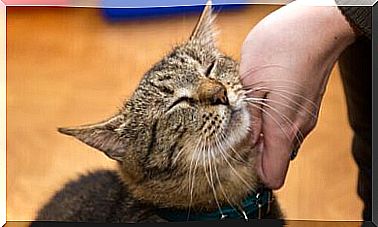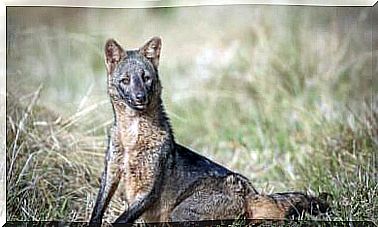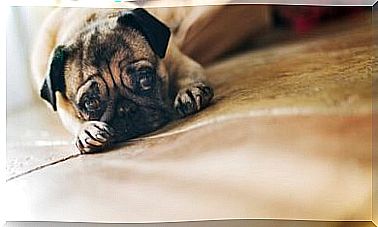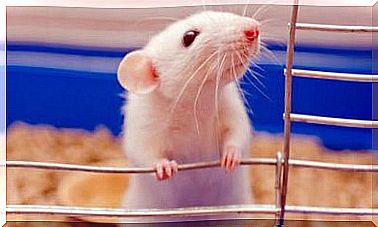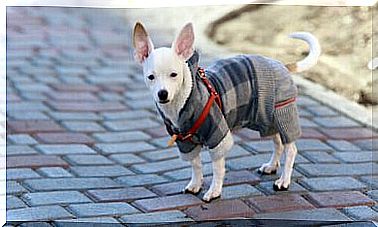Horse Coat Colors
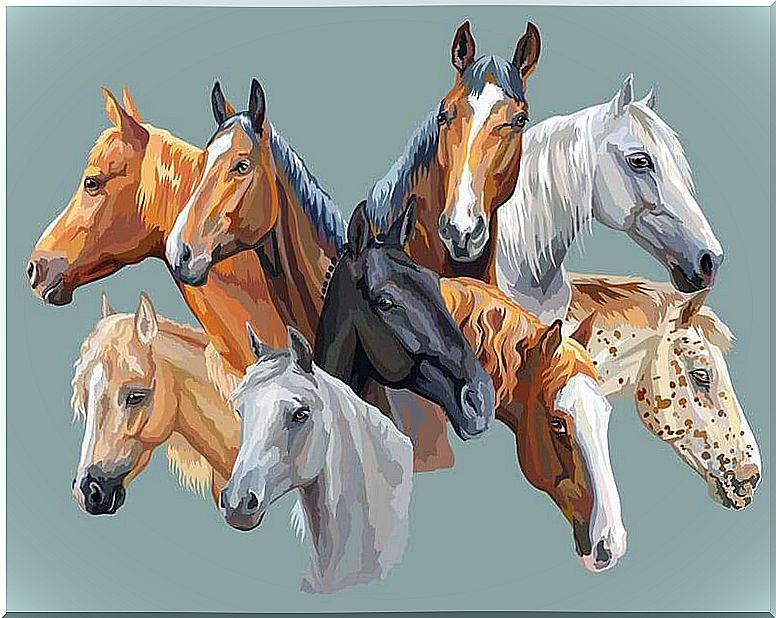
If there’s anything complex to study in the animal world, it’s the color of the horse’s fur. Mendel’s studies of genetics and other advances in the field have helped a great deal, but knowing and naming a horse’s coat can be a complex issue.
We simply need to deal with a lot of information to master this subject. There are many scientific terminologies and also common names that are used in the equestrian world. As a matter of fact, different names are registered in each country to describe color mixtures.
Horse coat : a brief explanation of the genetic issue
As we all know, the appearance of each animal depends on the genetic mix obtained after the wild or domestic breeding process. The problem with horses is that the phenotypic variety is really extensive. While it may not seem like it, it’s easier to study this from a genetic perspective than using the terminology of the field.
The first thing you should know is that there are base coat colors: black, brown, and red. These base colors are affected in the genetic mix through two pigments : eumelanin and pheomelanin.
Eumelanin is the pigment for black and brown colors. In turn, pheomelanin has to do with red or yellow pigmentation. Variability occurs because all specimens have both pigments.
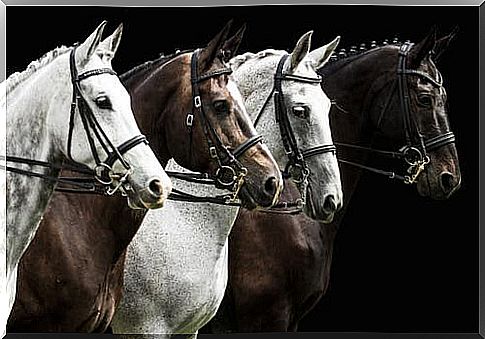
Furthermore, this variety of colors manifests itself differently in fur and mane. Therefore, we can observe that the tail and mane have one color and the rest of the animal’s anatomy has another.
the thinned coat
Not all horses inherit a base color. The variety in the horse’s coat results from the effect of the dilution genes on the base colors. There are many variations, as there are five different types of dilutions, which work on the three base colors.
These genes are as follows: cream (Cr), dun (D), silver (Z), champagne (Ch) and pearl (Pr). From here, each dilution has its own rules and possibilities for changes.
For example, the silver dilution has about five identifiable possible variations. Champagne, in turn, has four possible variations and pearl at least three. The pearl dilution has the most variants, with eight possibilities and, finally, we have the cream, with four.
coat patterns
Furthermore, the existence of coat patterns adds another difference between each individual. We are referring to point formations in which the colors are presented depending on the distribution of the coats.
An equivalent would be what happens to cats when they have spots, stripes, mixed or uniform fur. Something similar happens with horses.
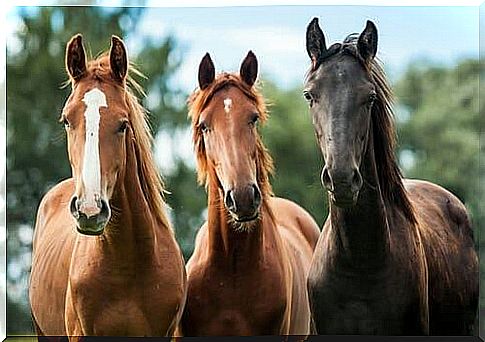
At first, there are five patterns of white, which are the main ones. They are: oveiro (two or three colored spots), leopard (mottled), gray (white and gray areas), ruano (mixed shades) and rabicano (brown with white spot).
That aside, there are other patterns that have been identified over time. They consist of the presence of hairs darker than each base color. Here also highlight some of the very specialized dilutions: among them, have pangas, sooty , giraffe , curly, without the variations, etc .
Horse Coat Nicknames
As horse breeding takes place in the countryside, each country has names to name the different coat types. They continue to be used over time, within the world of science that studies horses.
It is important to note that these names are part of daily jargon in rural areas and on farms. Therefore, learning them all can be very difficult due to the large number of possible variations. An example is the bay horse, characterized by having a brownish-yellow coat.
In Argentina or Chile, for example, the dark red horse is known as the colorado. The popular Moor refers to dark horses that turn gray with age. We could find more than 30 names in a single country, so it would be difficult to learn to distinguish each pigmentation.
Therefore, the most logical thing is to try to understand the genetic processes that take place in each specimen. This is to study its base color and the possible dilution that gave rise to its specific variation. If you want to determine with certainty what your horse’s coat is, this is the best way to find out.
